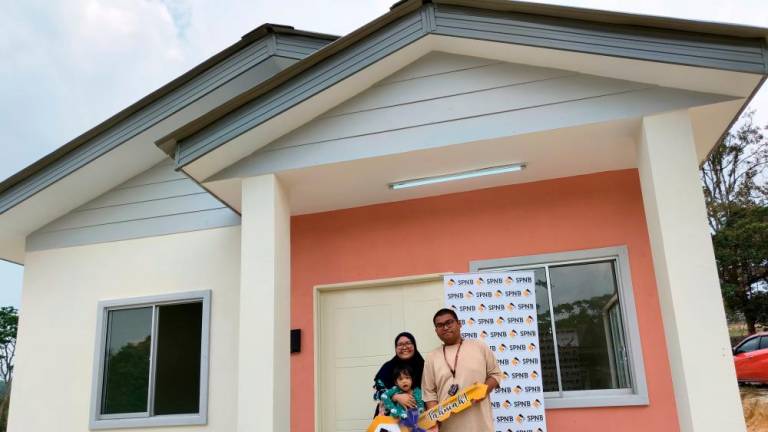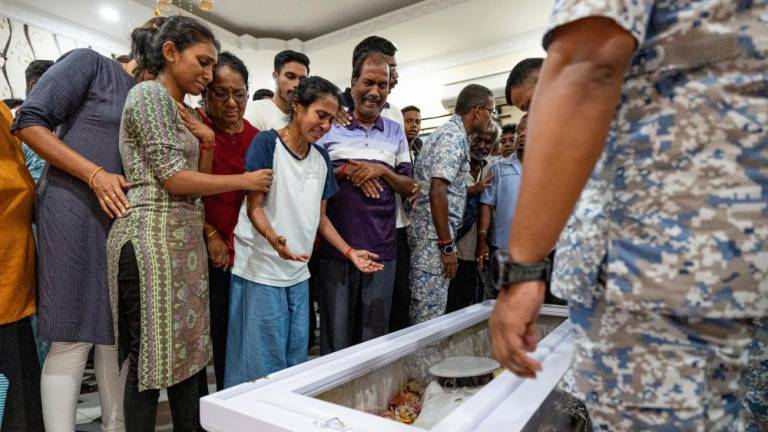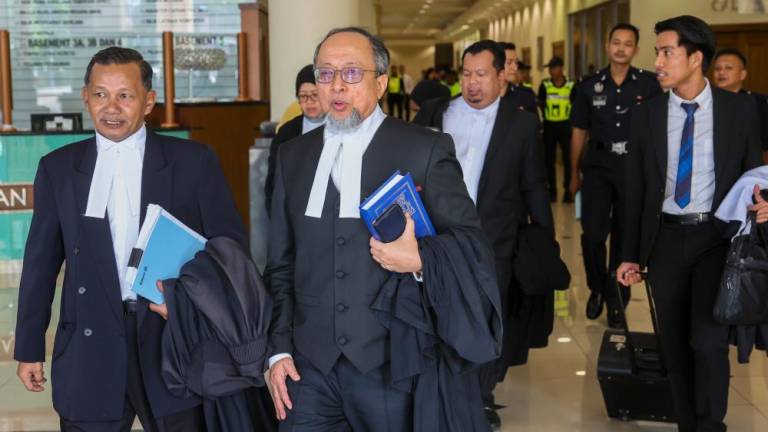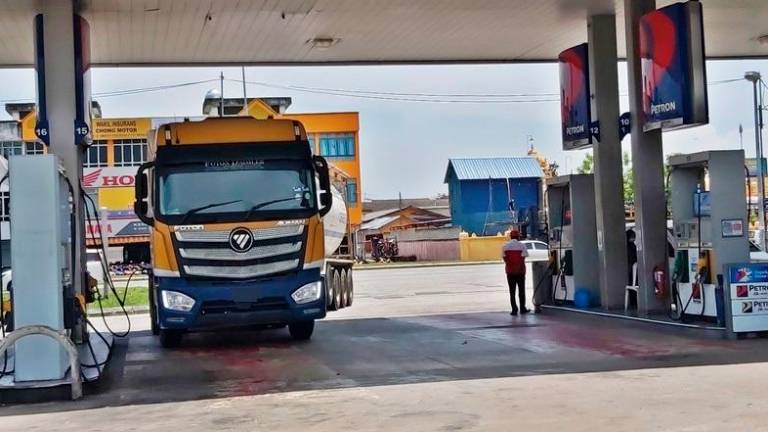OF all the dozens of local council authorities in the country, the Ampang Jaya Municipal Council (MPAJ) arguably has the heaviest responsibility in seeing to the safety and security of housing estates under its jurisdiction.
So many housing projects have been developed on hillsides in Bukit Antarabangsa, Ulu Klang, on the fringes of Kuala Lumpur that house buyers a few decades ago made a beeline to grab these properties, attracted by the lure of living in houses with a panoramic view of the city.
Because these projects were approved for development, people who owned such property took it for granted that they were safe. They thought the safety aspects had been addressed and they could sleep well at night.
Occasionally, landslides occurred on these seemingly fragile hillside housing areas and ad hoc measures were taken by MPAJ to appease the concerns of residents and the public.
Then came the Highland Towers tragedy almost 27 years ago when Block 1 of three condominium blocks collapsed like a deck of cards, killing 48 people including several expatriates in the worst high-rise building collapse in the nation’s history.
To refresh our memory on what led to this horrific tragedy, there was a stream called Sungai Timur in the vicinity of the Highland Towers and to divert water from flowing into the terraced hill site, a pipe system was laid out.
But some years after the Highland Towers project was completed and occupied, construction of another condominium project took place on the hillside just behind these three blocks, a project that led to the massive clearing of trees and much of the ground cover from the hill, according to media reports, which described it as a “dangerous move”.
It was reported that the nearby condo project had caused another “watery situation” with water seeping into the new site and the approach taken was to again divert water into the same pipe system as done for Sungai Timur.
As time passed, the pipes became clogged with sand and silt.
The excessive load caused the pipes to burst. It did not take long for a massive amount of mud of about 100,000 sq m or equivalent to 200 jumbo jets to slide downhill, demolishing the retaining walls and shattering the tower’s pier foundation system, bringing the tower crashing down.
It spoke and continues to speak volumes, by and large, of the state of maintenance of projects in a country with a frenetic pace of physical development.
It’s often said that we have First World infrastructure but Third World maintenance standards.
Have lessons been learnt since the Highland Towers tragedy?
“Yes” and “No” would be a fair answer but the “No” seems to have greater weightage.
In the Bukit Antarabangsa area alone, there have been a number of landslides since causing death and destruction.
Buying a house especially for the average wage-earner is usually his or her biggest investment.
Nine years later, a retired four-star army general’s bungalow collapsed at Taman Hillview, killing six people, including his wife and three family members and two maids.
Tan Sri Ismail Omar was trapped in the rubble for five hours before he was miraculously rescued.
In December 2008, another landslide buried 14 bungalows at Taman Bukit Mewah in the same vicinity, killing four residents.
And of course landslides also occurred in hillside development in other parts of the country, raising questions over whether the approving authorities are bothered to learn from such tragedies especially in terms of stricter enforcement of maintenance rules.
Or better still, for the government to ban future hillside housing development.
Such a project might on paper or in structural engineering textbooks look safe or secure but never rule out weather conditions. Malaysia is among countries with very high rainfall.
There is a high probability of landslides being triggered after hours of rainfall.
And just a week ago, 40 residents from seven double-storey terrace houses at Jalan Kelab Ukay 4 in Taman Kelab Ukay also at Bukit Antarabangsa were evacuated following another landslide.
Once again, we see the authorities coming out with stop-gap measures with Housing and Local Government Minister Zuraida Kamaruddin announcing an immediate RM2 million allocation to build a retaining wall at the affected site.
Questions can be asked as to whether there was such a wall there in the first place? If not, why not?
Residents in the area told the media that a similar landslide occurred last November but little had been done to rectify the situation.
To this, MPAJ explained that the landslide occurred at a privately-owned plot and that its efforts to trace the owner had been unsuccessful.
An ex-colleague of mine who lives just behind the site where the latest landslide took place told me that several other housing projects have been developed since the Highland Towers block collapsed.
“The residents are also having sleepless nights because a new highway from Sungai Besi to Gombak is being built passing our housing areas and this can cause further earth movement,” he said.
Perhaps Zuraida, who grew up in Singapore where strict adherence to construction safety and tip-top maintenance of housing development is the order of the day, could invoke her political will to create a similar maintenance culture in Malaysia.
But to me at the end of the day, the onus is on the public at large whether to buy or stay in houses built on fragile locations.
Use our common sense. Just because a housing project has been given a certificate of fitness, it doesn’t mean we can throw caution out the window.
Better still, keep such projects at arm’s length.
To borrow the Covid-19 tagline - Stay safe.
Comments: letters@thesundaily.com















